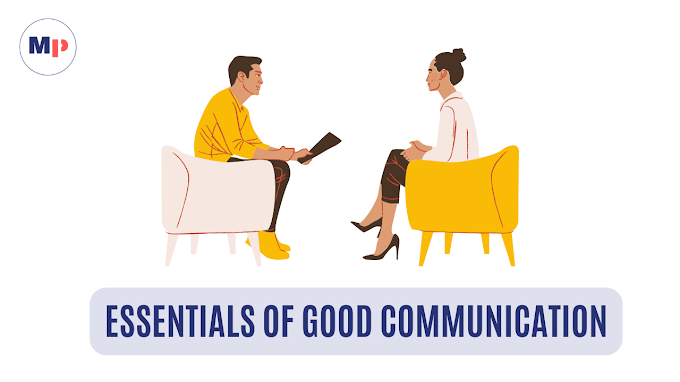TREATMENT OF HAIR LOSS IN FEMALE| MEDICAL TREATMENT OF HAIR LOSS| NEW TREATMENT OF HAIR LOSS| TREATMENT OF HAIR LOSS FROM FROM ALOPECIA| BEST TREATMENT FOR HAIR LOSS
The treatment of hair loss, also known as alopecia, depends on the underlying cause and the severity of the condition. Here are some common treatment options for different types of hair loss:
1. Minoxidil (Rogaine):
This over-the-counter topical medication can help slow or stop hair loss and promote hair regrowth in both men and women. It's available in various forms, including foam and liquid.
2. Finasteride (Propecia):
This prescription medication is primarily for men with male pattern baldness. It works by reducing the hormone dihydrotestosterone (DHT), which is associated with hair loss.
3. Hair Transplantation:
In cases of advanced hair loss, especially male pattern baldness, hair transplantation surgery is an option. It involves removing hair follicles from one part of the body (usually the back or sides of the head) and implanting them into the balding area.
4. Platelet-Rich Plasma (PRP) Therapy:
PRP therapy involves drawing a small amount of your blood, processing it to concentrate the platelets, and then injecting it into the scalp. The growth factors in the platelets can stimulate hair follicles and promote hair growth.
5. Low-Level Laser Therapy (LLLT):
This treatment uses red light therapy to stimulate hair follicles. It can be administered through special helmets, caps, or combs.
6. Prescription Medications:
Some other prescription medications and treatments may be recommended depending on the specific type and cause of hair loss. For instance, corticosteroids are used for autoimmune-related hair loss like alopecia areata.
7. Lifestyle Changes:
In some cases, hair loss can be related to lifestyle factors such as stress, poor nutrition, or hormonal imbalances. Addressing these factors through a balanced diet, stress management, and a healthy lifestyle can sometimes help with hair regrowth.
8. Topical Treatments:
Besides minoxidil, other topical treatments like ketoconazole shampoo or topical corticosteroids may be prescribed to address specific scalp conditions that contribute to hair loss.
9. Wigs and Hairpieces:
For individuals with extensive or permanent hair loss, wearing wigs or hairpieces can be a practical and aesthetic solution.
10. Scalp Micropigmentation:
This is a cosmetic tattooing procedure that can give the appearance of a closely shaved head of hair, even for those who are completely bald.
It's crucial to consult with a dermatologist or healthcare professional to determine the cause of your hair loss and develop a personalized treatment plan. Not all treatments are suitable for every type of hair loss, and the effectiveness of treatments can vary from person to person. Additionally, early intervention often leads to better results in managing hair loss.
RELATED TOPIC
How To Stop Hair Fall Immediately
Best Natural Remedies for Hair Loss
Causes of Hair Loss in Males and Females





